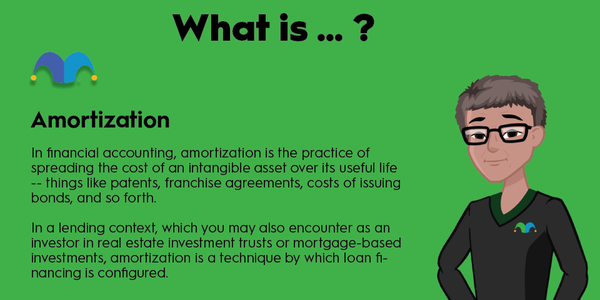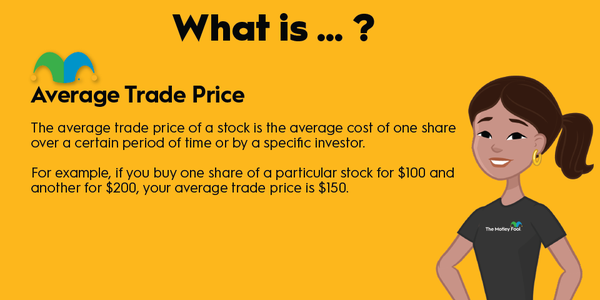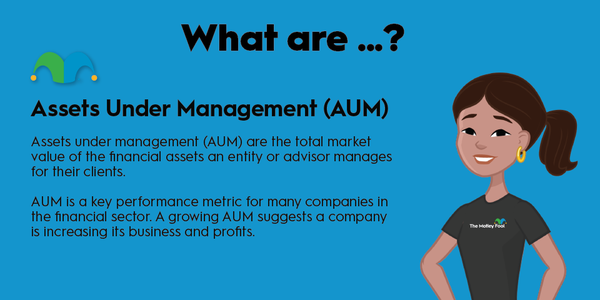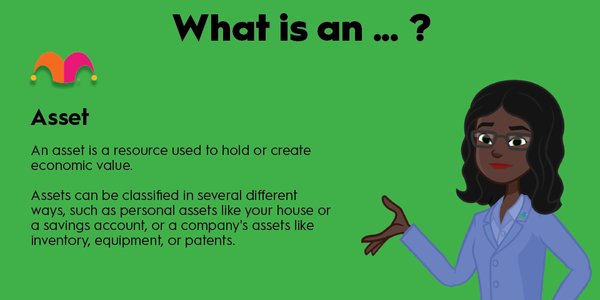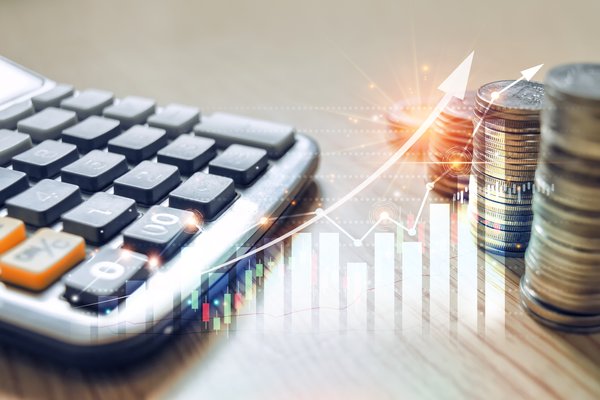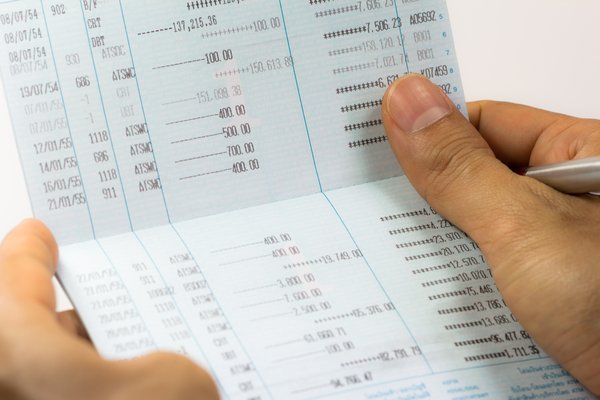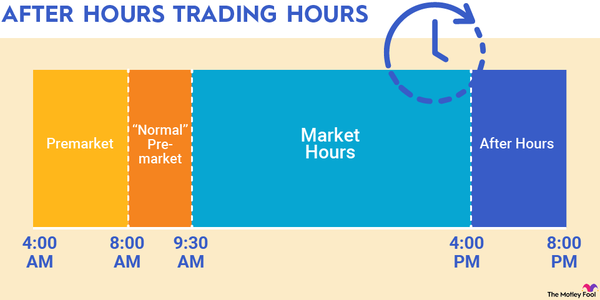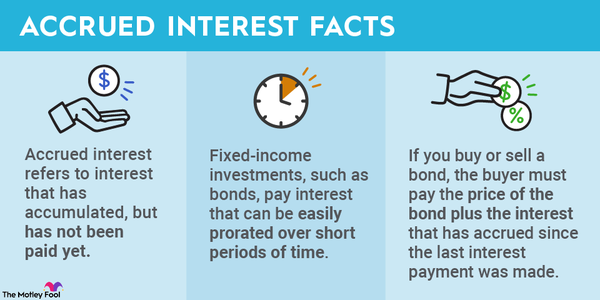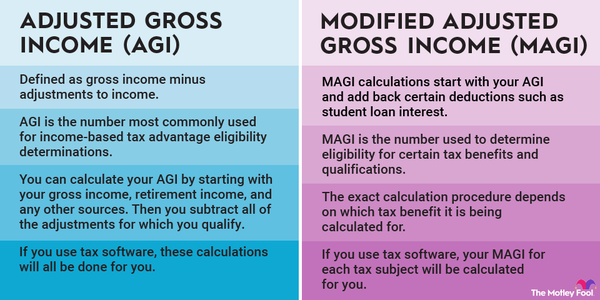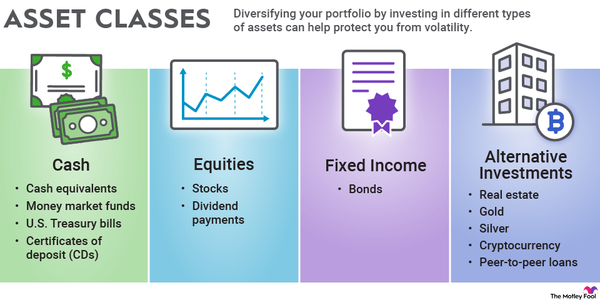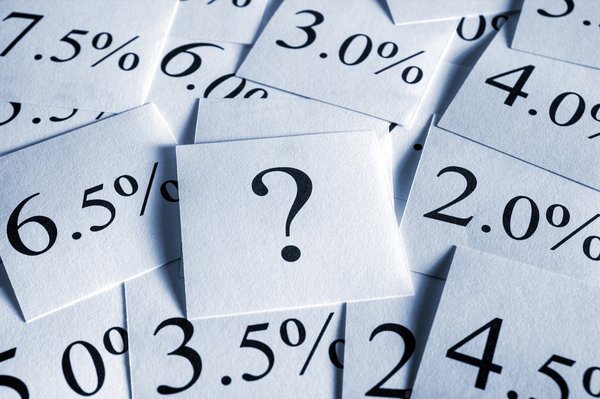APR (annual percentage rate) is the yearly cost of borrowing money. If you borrow $1,000 for a year at a 20% APR, the total to pay back would be $1,200.
Although that's a straightforward explanation, APR can be more complicated when it comes to credit cards. And despite how often the terms "APR" and "interest rate" are used interchangeably, they aren't quite the same thing. To better understand how credit card companies calculate interest charges, here's a guide to what is APR and how it works.
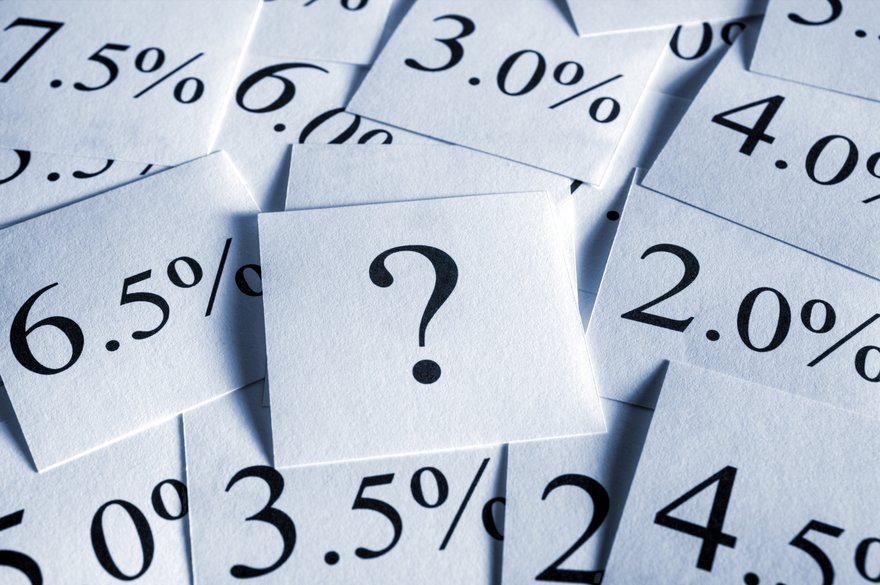
APR vs. interest rate
APR vs. interest rate
An interest rate is a charge imposed by a lender to borrow money. It's most often expressed as an annual percentage. A 10% annual interest rate means you pay 10% of the outstanding balance per year until it's paid off.
APR is the total cost of borrowing money, and it's always expressed as an annual percentage. While it includes the interest rate, it also includes any other fees the borrower must pay.
Mortgages are an easy way to explain this, because they have other fees besides interest. A mortgage could include closing costs, private mortgage insurance, and application fees, to name a few potential extras. A mortgage's APR includes those extras. That means even though a mortgage may have an interest rate of 6.7%, the mortgage APR could be 6.8%. Use our mortgage calculator to calculate your monthly payment.
However, with credit cards, APR and interest rate are interchangeable. Even if your card charges an annual fee, that's not a cost associated with borrowing money. The only borrowing-related charge your credit card uses is interest, which makes the APR and the interest rate the same thing.
How credit card APR is determined
How credit card APR is determined
Credit card companies generally determine APR using a few factors:
- Your credit history: A higher credit score can often help you qualify for a lower APR. For example, a particular credit card might offer APRs of 17.24% to 28.24%, depending on the borrower's credit rating.
- The prime rate: Most credit cards have a variable APR that depends on the U.S. prime rate. This prime rate is based on the federal funds rate, an interest rate controlled by the Federal Reserve. If the Federal Reserve raises or lowers interest rates, expect your credit card's APR to move accordingly. Note that some credit cards have a fixed APR that stays the same regardless of the prime rate.
- The credit card: Just like every other credit card feature, APR also depends on the card itself. Some credit cards have lower APRs than others. Rewards credit cards often have higher APRs, since they offer more value.
Types of credit card APR
Types of credit card APR
Credit cards can have multiple types of APR. These may include:
- Purchase APR: The rate for purchases made with your credit card.
- Balance transfer APR: The rate for balances you transfer to your credit card.
- Cash advance APR: The rate for credit card transactions classified as cash advances.
- Introductory APR: A special introductory rate, often 0%. Credit cards may offer a 0% intro APR on purchases, a 0% intro APR on balance transfers, or a 0% intro APR on both types of transactions.
- Penalty APR: An elevated APR imposed for violating your cardholder agreement. The most common reason for a penalty APR is being 60 days or more late on your credit card payment.
How APR is used to calculate credit card interest
How APR is used to calculate credit card interest
Interest calculations using APR are straightforward if the amount you owe remains the same day after day. It's more complicated with credit card APR, because your credit card balance can change often.
To calculate credit card interest, credit card issuers typically use one of two methods:
- Daily balance: The card issuer divides your card's APR by 365 to determine your daily rate. It multiplies your balance at the end of each day by that rate. At the end of each billing cycle, the card issuer adds up all those daily interest charges to calculate your interest charge.
- Average daily balance: The card issuer divides your card's APR by 365 to determine your daily rate. It multiplies this daily rate by the number of days in the billing cycle to determine your monthly rate. Finally, it multiplies your average credit card balance for each day of the month by your monthly interest rate to calculate your interest charge.
To find out which method your credit card company uses, check your card's pricing and terms. There should be a section called "How We Will Calculate Your Balance." This section provides your card issuer's method for calculating credit card interest charges.
LEARN MORE: How Credit Card Interest Works
How to avoid credit card interest
How to avoid credit card interest
Credit card APRs are usually high -- much higher than what you'd find with a mortgage APR or auto loan APR. Because of that, the smartest option is to avoid credit card interest entirely.
Fortunately, there's an easy way to do this. Only use your credit card for purchases, and pay the statement balance in full every time you make your monthly payment. Credit card companies don't charge you interest on purchases right away. They charge interest on your remaining statement balance if you don't pay it all off by the due date.
Keep in mind that this only applies to purchases. For other types of transactions, such as cash advances, the card issuer can start charging you interest immediately.
There's one other way to avoid interest charges on your credit card balance -- take advantage of 0% intro APR offers. If you have purchases you won't be able to pay off in full, open a card with a 0% intro APR offer on purchases. If you have credit card debt that's costing you money every month, look for a balance transfer card with a 0% intro APR on balances you bring over.
Still have questions?
Here are some other questions we've answered:
APR FAQs
What is the meaning of APR?
APR stands for "annual percentage rate." It's the rate you pay per year when borrowing money with a loan or credit card.
Is APR charged monthly?
Credit card companies charge interest monthly based on the APR of the card and the balance. There is a grace period, and if you pay off your card's full statement balance by the due date, then you won't be charged interest on your purchases. Lenders also normally charge interest monthly. You can check how often interest is charged in the terms of your credit card or loan.
How can I avoid APR?
To avoid interest charges on your credit card, pay off the statement balance on or before the due date.


